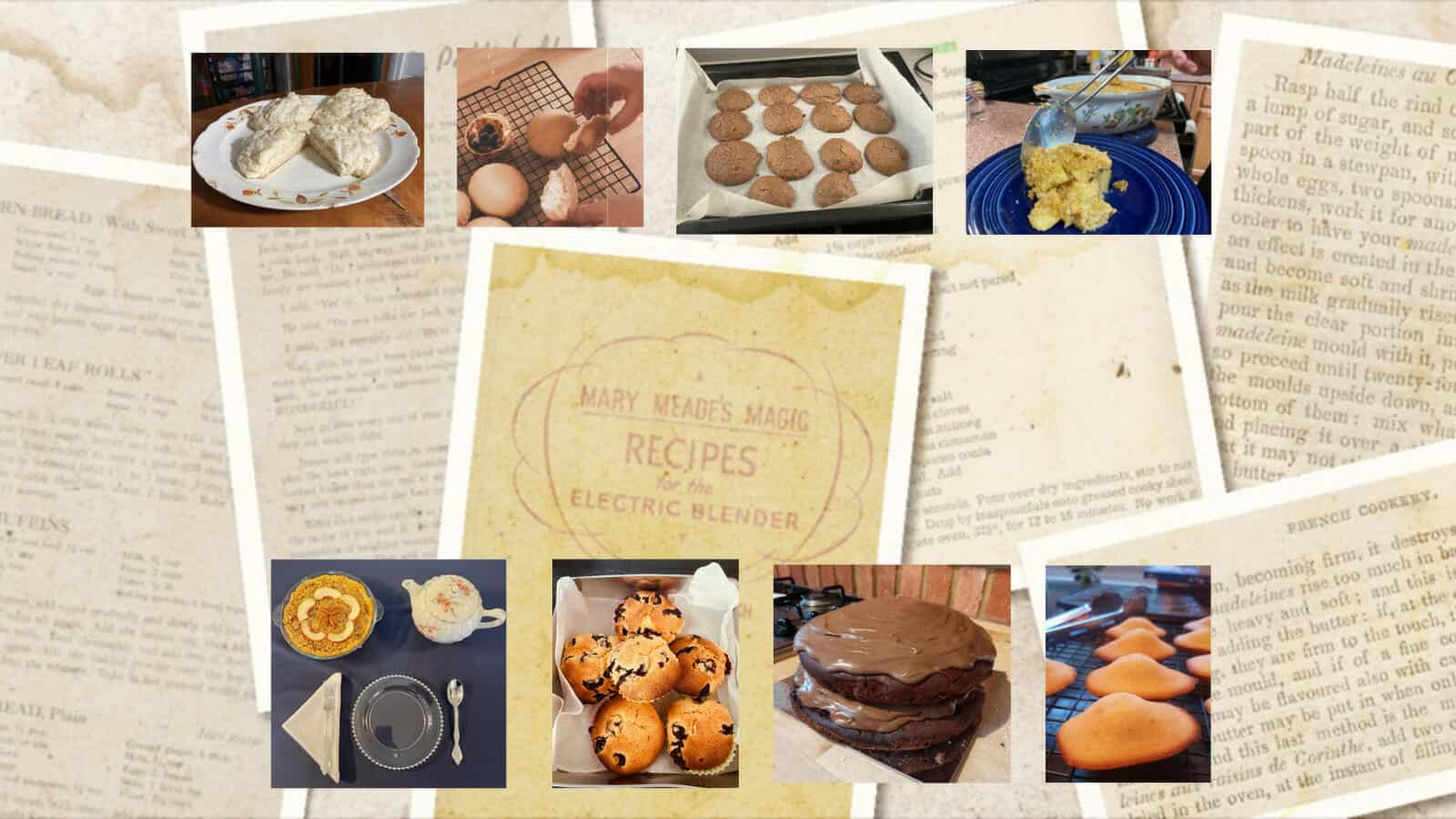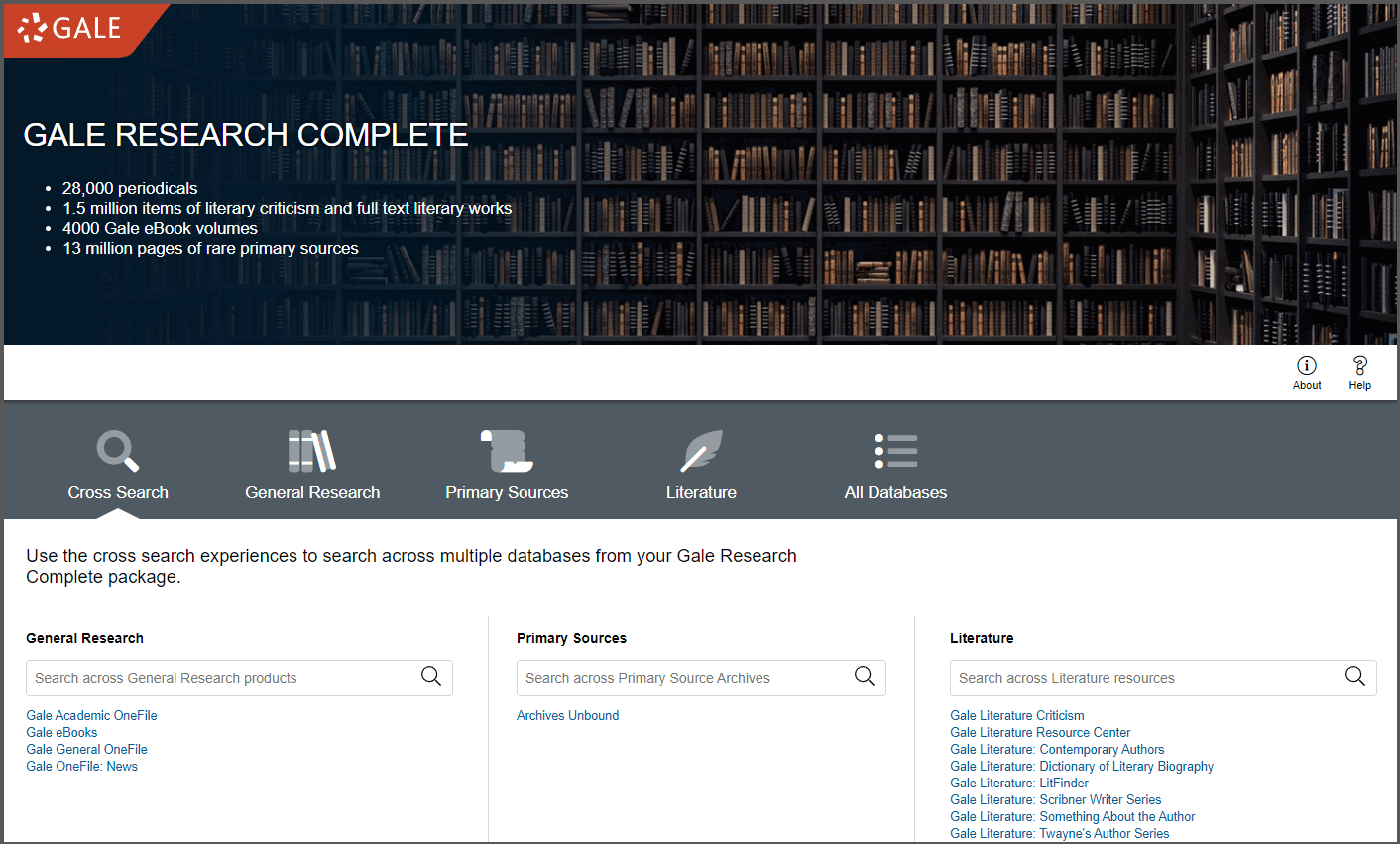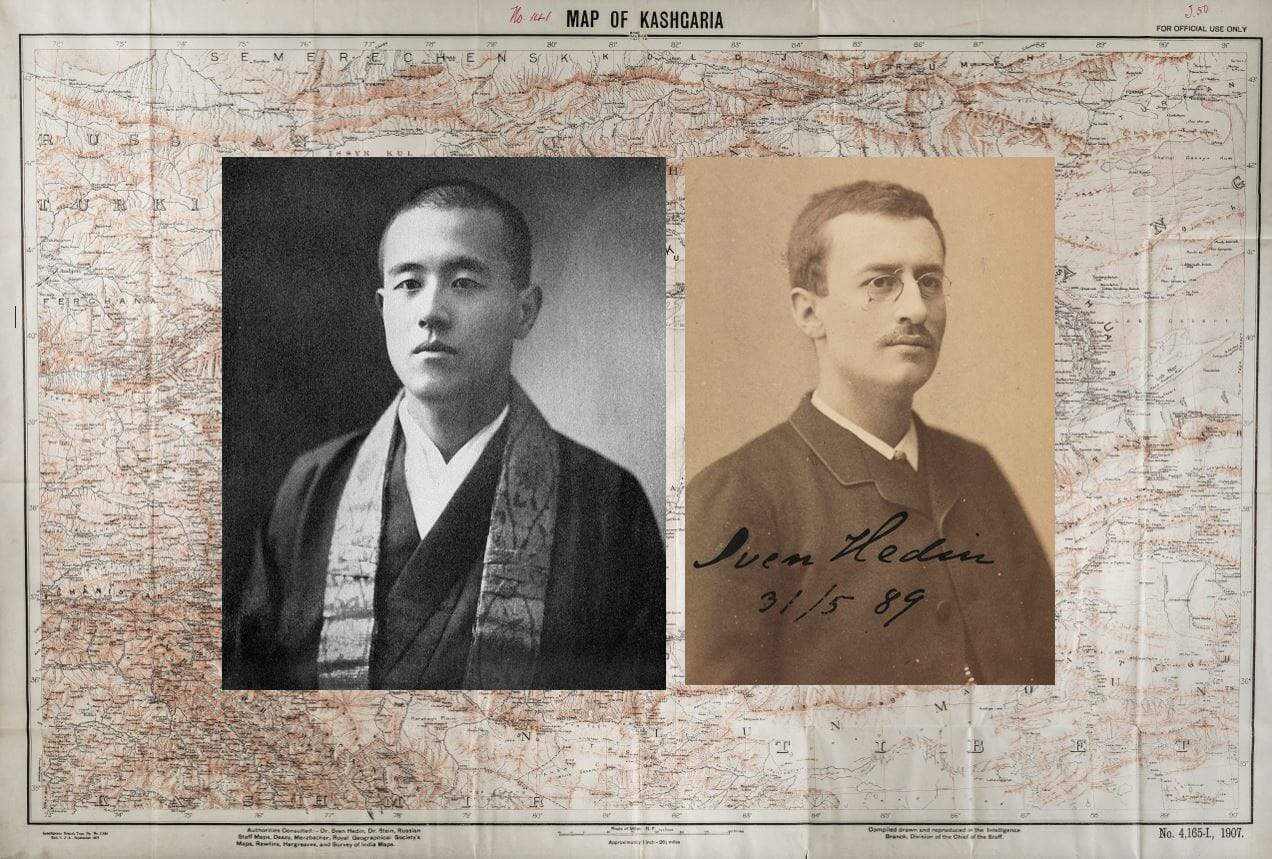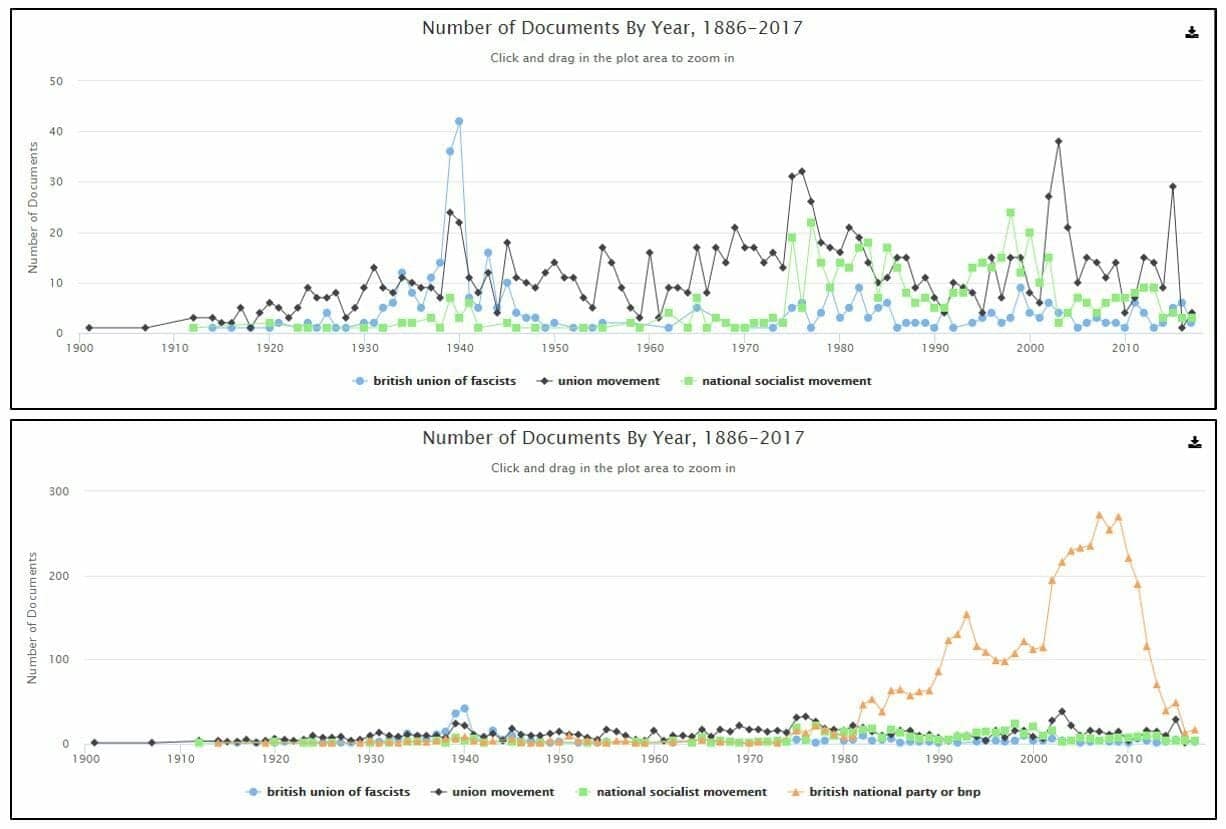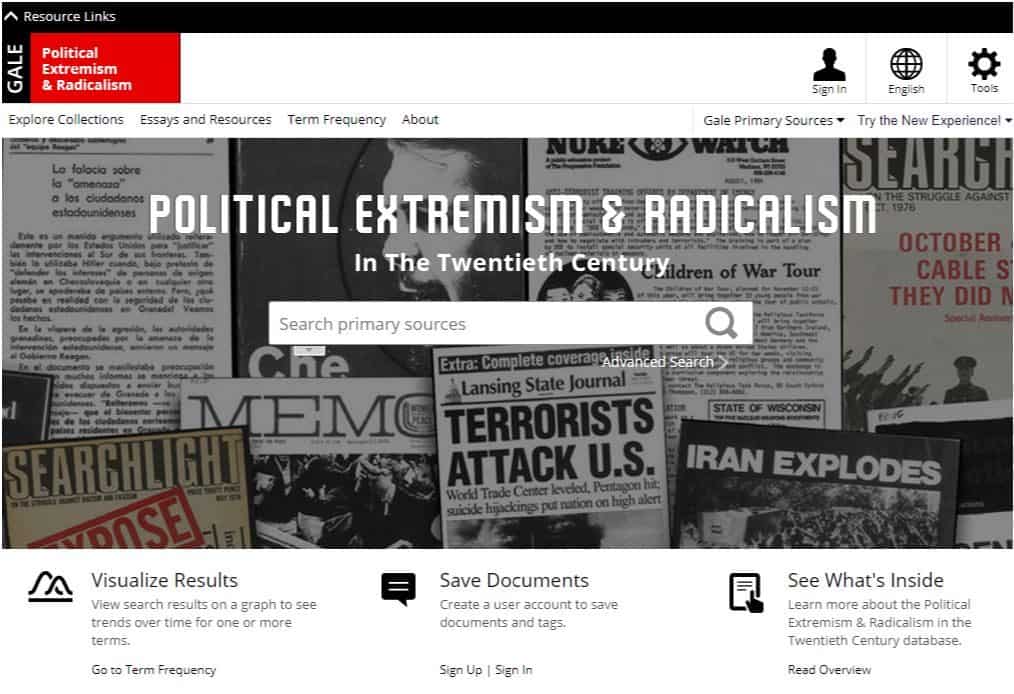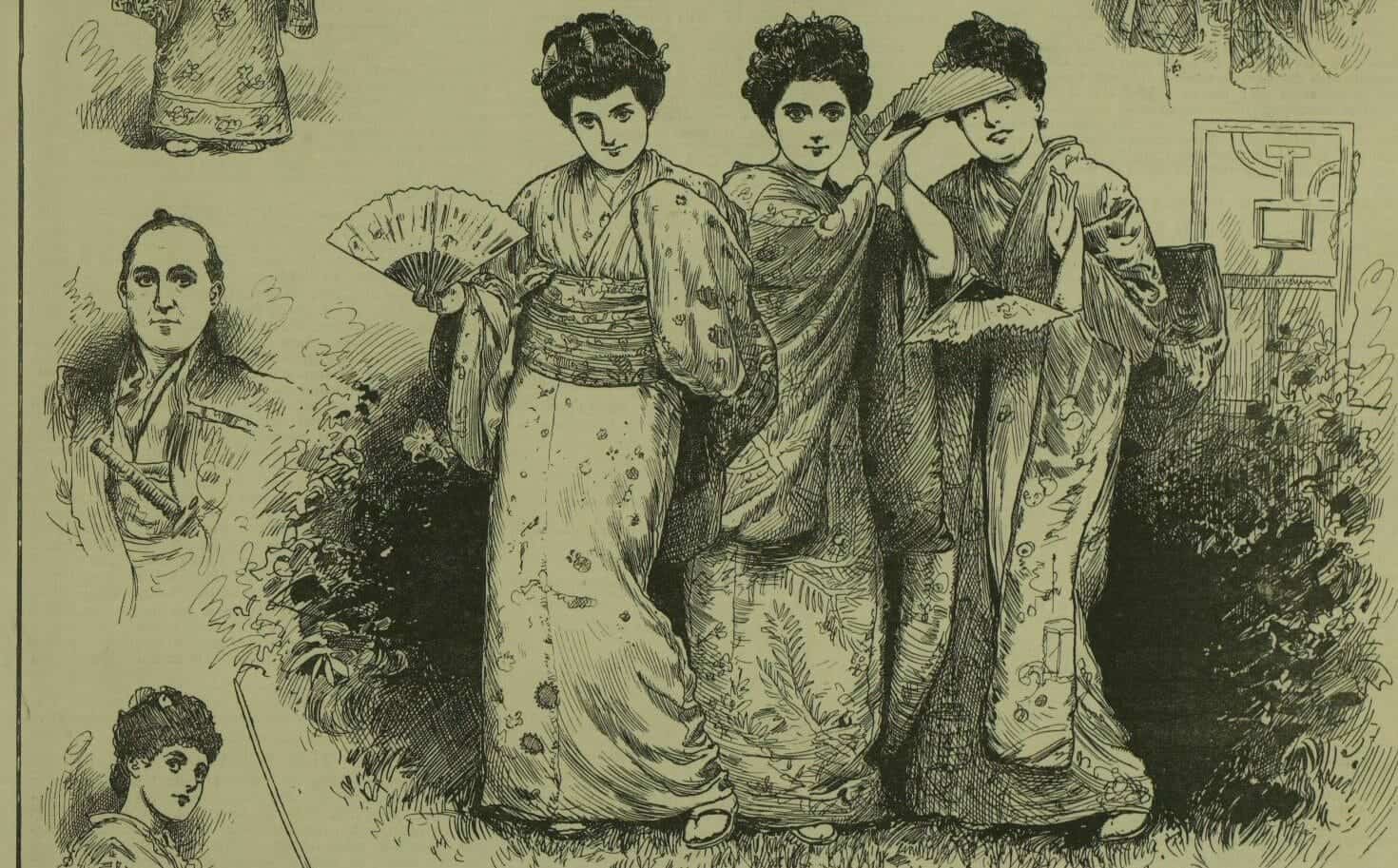│By Lucy Dow, Associate Acquisitions Editor and Cheryl Moody, Marketing Manager│
The recently published Archives Unbound collection Food History: Printed and Manuscript Recipe Books 1669-1990 contains 36 manuscript recipe books and 328 printed recipe books from the Winterthur Library and Museum in Delaware. The majority of the books are in English, with a few in French and German. The published volumes come from the UK, USA, France and Germany; the manuscript volumes are, most likely, from the UK and USA.
Thrilled to be releasing this exciting new archive collection, we ran a historical baking competition between Gale staff in which the unique and illuminating primary sources piqued the interest of colleagues in numerous departments within Gale. And thus arose Gale’s inaugural Food History Bake Off!

